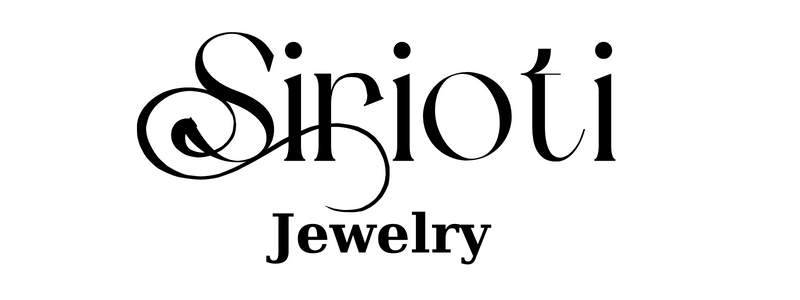The Ultimate Guide to Greek Mythical Creatures: Monsters, Gods, and Legendary Beings
Greek mythology is a treasure trove of fascinating creatures, monsters, and divine beings that have captured human imagination for thousands of years. From terrifying beasts to enchanting nymphs, these mythical creatures play pivotal roles in Greek legends, stories, and ancient art. In this guide, we explore the most iconic Greek mythical creatures and uncover their stories, symbolism, and cultural impact.
Table of Contents
- Introduction to Greek Mythical Creatures
- Monsters and Legendary Beasts
- Sea Creatures and Oceanic Beings
- Divine and Semi-Divine Beings
- Minor and Lesser-Known Creatures
- Symbolism and Cultural Impact
- Conclusion
Introduction to Greek Mythical Creatures
Greek mythology is filled with creatures that are as terrifying as they are fascinating. These beings were often used to explain natural phenomena, human behavior, and life’s mysteries. From the fearsome Hydra to the clever Sphinx, each creature carries unique symbolism and lessons. Understanding these mythical beings not only enriches our knowledge of ancient Greece but also deepens our appreciation for literature, art, and modern pop culture inspired by these myths.
Monsters and Legendary Beasts
Greek myths are renowned for their powerful and terrifying monsters, many of which heroes had to face in epic quests.
Hydra
A multi-headed serpent whose heads regrow when severed. Slain by Heracles during his Twelve Labors, the Hydra symbolizes resilience and the dangers of overwhelming challenges.

Cerberus
The three-headed dog guarding the Underworld. Cerberus prevents the dead from leaving and the living from entering Hades.
Chimera
A fire-breathing creature with a lion’s head, goat’s body, and serpent’s tail. Represents chaos and unnatural power.

Minotaur
Half-bull, half-human monster confined in the Labyrinth of Crete. Symbolizes human savagery and isolation.
Gorgons
Female monsters with snakes for hair whose gaze turns people to stone. Medusa is the most famous Gorgon.

Cyclopes
One-eyed giants, often skilled blacksmiths. They crafted Zeus’ thunderbolts and represent raw strength and primal power.
Sea Creatures and Oceanic Beings
The Greeks revered the sea, giving rise to numerous aquatic creatures.
Sirens
Enchanting singers who lure sailors to their deaths with irresistible songs, symbolic of temptation and danger.
Nereids
Sea nymphs who embody beauty, grace, and protection of sailors. Daughters of Nereus.
Triton
A merman and son of Poseidon, often depicted with a conch shell to calm or stir the seas.
Charybdis and Scylla
Formidable sea monsters representing impossible choices and perilous journeys.
Divine and Semi-Divine Beings
Greek mythology also features hybrid creatures with divine or semi-divine origins.
Centaurs
Half-human, half-horse beings representing untamed nature and the duality of intellect and instinct.
Satyrs
Mischievous half-goat companions of Dionysus, symbolizing revelry, fertility, and primal urges.
Nymphs
Spirits of nature divided into:
- Dryads – Tree nymphs
- Oreads – Mountain nymphs
- Naiads – Freshwater nymphs
Hecatoncheires
Hundred-handed giants, powerful symbols of strength and divine chaos.
Minor and Lesser-Known Creatures
Greek mythology also contains many lesser-known but intriguing creatures:
- Empusa – Shape-shifting female demon.
- Lamiai – Child-stealing monsters.
- Telchines – Skilled sea-demon blacksmiths.
- Cercopes – Mischievous forest sprites.
- Alcyoneus – Giant slain by Heracles.
Even minor creatures carried moral, religious, or symbolic significance in myths.
Symbolism and Cultural Impact
Greek mythical creatures symbolize universal themes:
- Chaos vs Order: Many monsters embody natural or human chaos.
- Heroism and Trials: Monsters often challenge heroes, testing courage and wisdom.
- Temptation and Danger: Creatures like Sirens teach lessons about restraint and judgment.
- Nature and Environment: Nymphs and centaurs reflect the Greeks’ connection to nature.
Today, these creatures influence literature, movies, games, and art, from classical paintings to modern fantasy novels and video games.
Conclusion
Greek mythical creatures remain a fascinating and enduring part of world mythology. From terrifying beasts like the Hydra to enchanting beings like Nereids, these creatures reflect the complexities of human nature and the mysteries of the natural world. Exploring these legendary beings offers endless inspiration and insight into ancient Greek culture.




